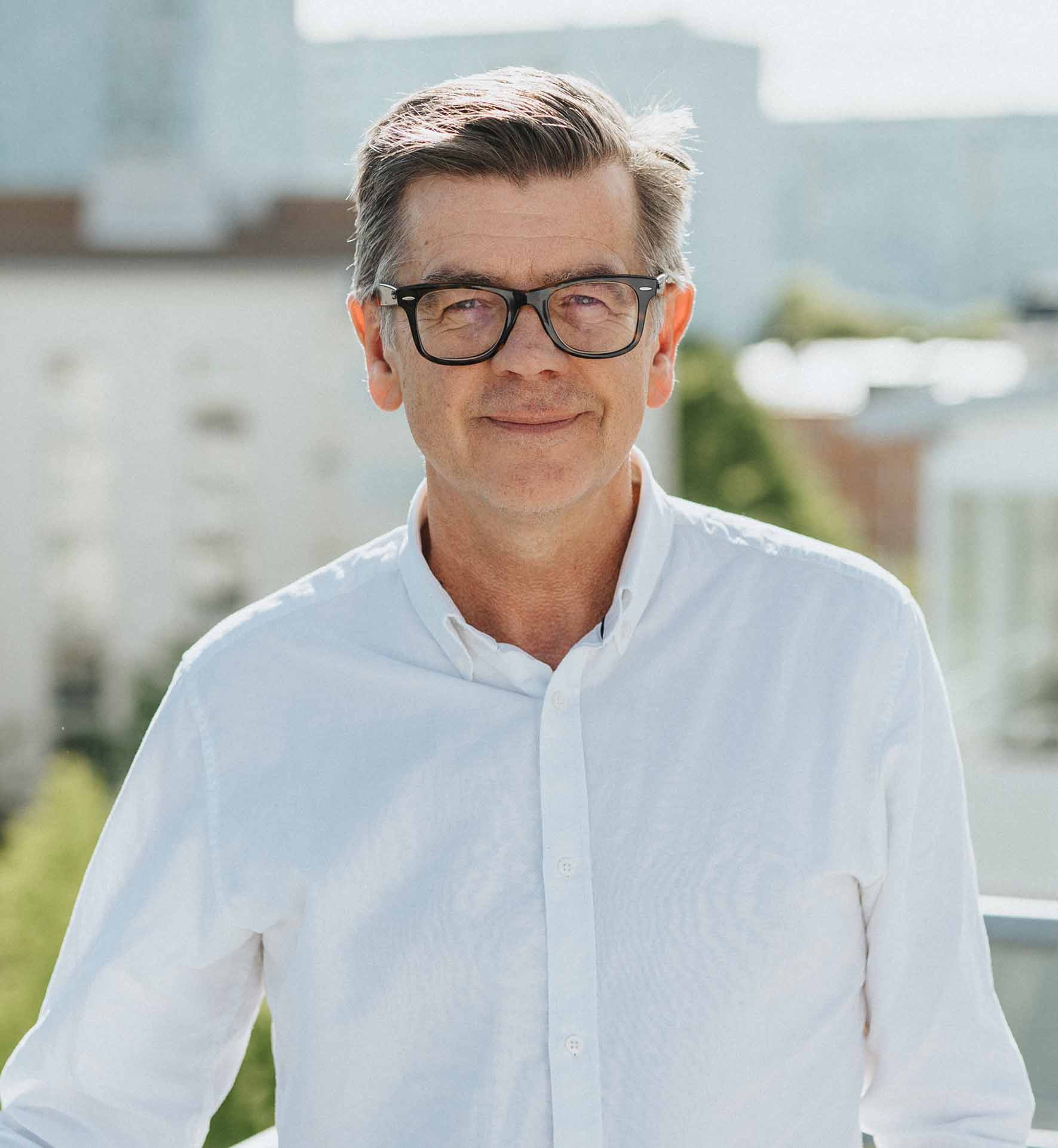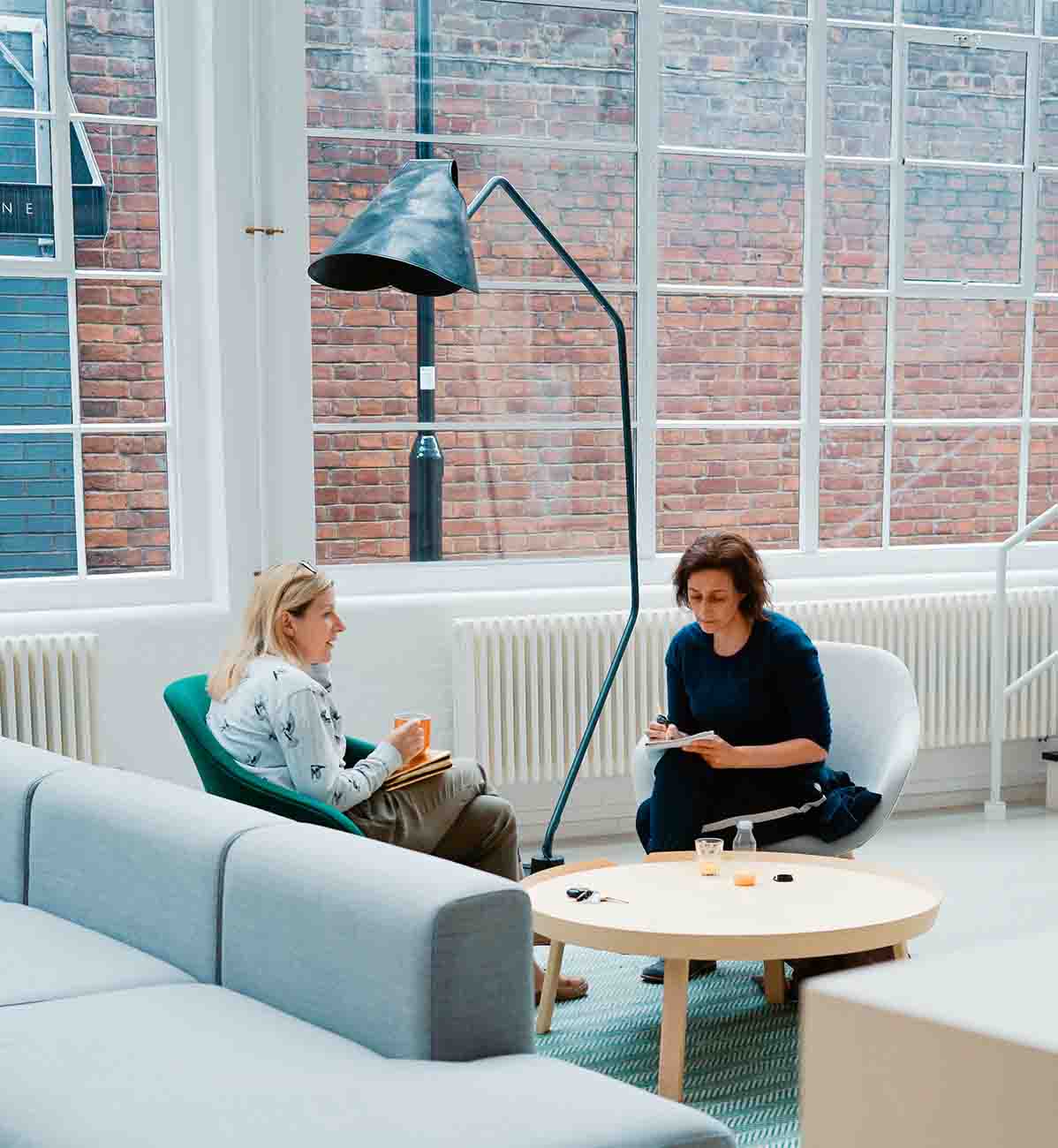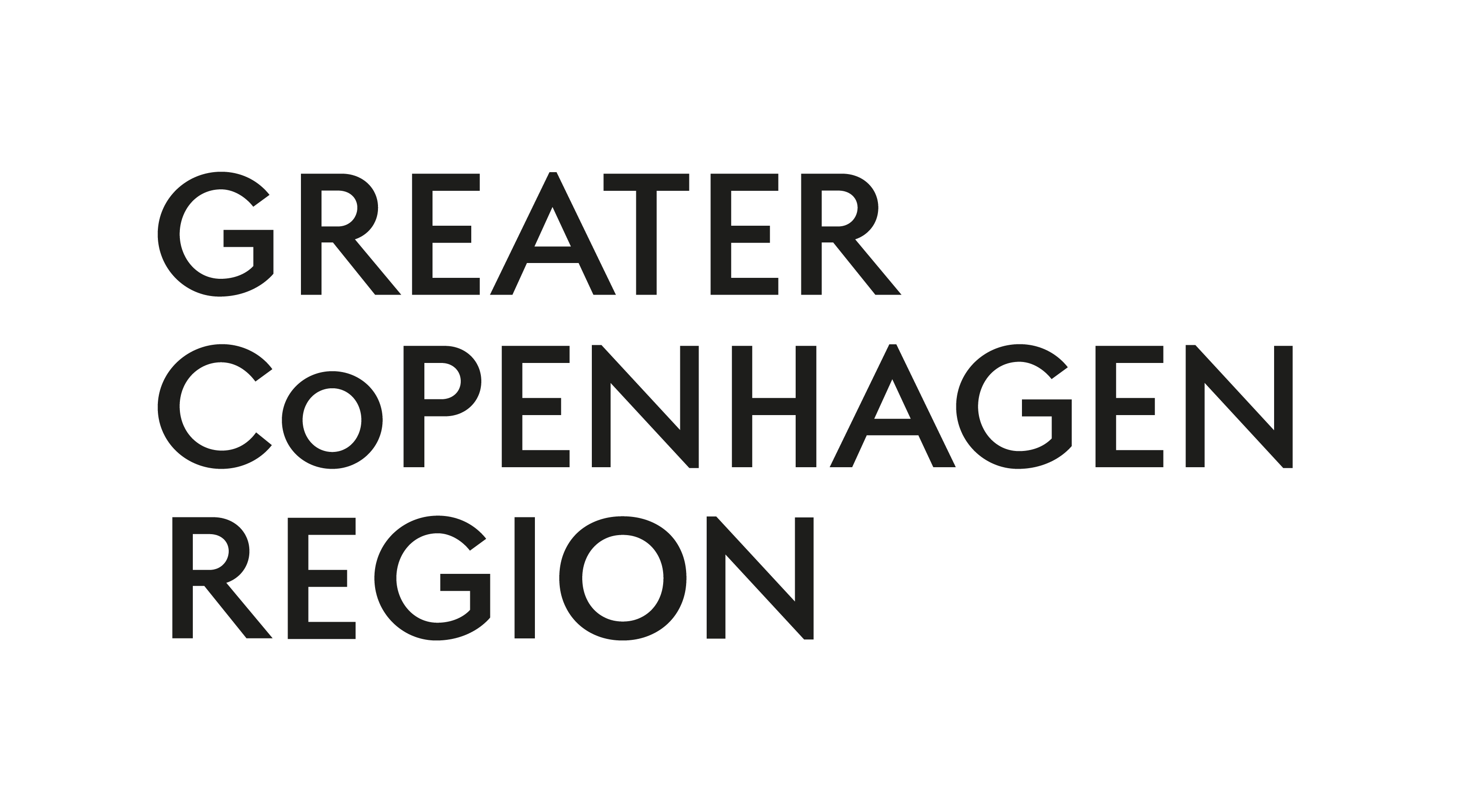
EWtest
From words to action
Putting equality into practice
We even made it part of both our country's constitution and it shows effect. Both Denmark and Sweden, of which the Greater Copenhagen Region is part, have extensive anti-discrimination laws. Amongst European countries, this might not be extraordinary, however, we have taken it one step further and implemented practical and easily accessible steps for everybody experiencing discrimination in any form. But before we dive deeper into those organisations, let’s have a look at the current equality status in Denmark and Sweden.
Space for being all the you-s you are
Equality comes in many shapes and forms. Amongst others, it means treating people the same and with respect no matter their identity or sexual orientation.
Nevertheless, being part of the LGBTI community isn’t safe in many countries globally and members often experience prejudice and intolerance. Not so in the Greater Copenhagen Region.

Photo: Anna Shvets
The 2020 LGBTI survey, conducted by the European Agency for Fundamental Rights, found, that 64% (Denmark) and respectively 62% (Sweden) of all participants think that the country's government put enough effort into combating prejudice and intolerance against LGBTI community.
In comparison, the average of all EU countries only reaches 33%.
And that of course affects the overall life satisfaction of people belonging to the LGBTI community, too. Overall, participants gave Denmark at 7.1 points (best overall score), and Sweden 6.8 points (4th best result).
The Rainbow Europe Map and Index 2023 confirm those results when it comes to the legal rights and protection of trans- and intersex people.
Gender equality in Denmark and Sweden
Both Denmark and Sweden score above the EU average in the gender equality index published by the 2023 European Institute for Gender Equality. The institute gave Denmark 77.8 points and Sweden 82.2 points. The maximum countries can reach is 100 points, meaning that total equality between men and women was reached.
The gender equality index consists of several individual indicators, such as equal employment between men and women, access to and quality of healthcare, or balance between the genders in positions of power, such as members of the government, company board members, or researchers.

Photo: Polina Zimmerman
What do you do if it doesn't run smoothly?
Yes, we do score high in many equality indexes. But we also know, that no country or society is perfect. Therefore, Denmark and Sweden fund public organisations primarily responsible for safeguarding and supervising the equal treatment of everyone within the law's jurisdiction. And if you are unfortunate to experience inequality, you can contact them.
Although we only took a deeper dive into the equality indexes and scores of the LGBTI community and gender equality, both organisations promote and protect many more cases in which inequality may occur.
That ranges from equal pay to equal treatment of disabled people, maternity and paternity leave, age discrimination, ethnical background, and many more.
The Diskriminerings Ombudsman
Sweden established a publicly funded organization that acts independently from the government to safeguard these equal rights: The so-called Diskriminerings Ombudsman (Engl. equality Ombudsman).
The DO’s vision is to work towards a society entirely free from discrimination. To reach that, the organisation supervises the Swedish Discrimination Act and ensures that all public and private organizations comply with it.
Beyond that, their work actively promotes inclusivity “regardless of sex, transgender identity or expression, ethnicity, religion or other belief, disability, sexual orientation, or age.”
The DO is not just a mediator, but their decisions have weight towards both those who are being subjected to discrimination and public bodies.

Photo: Stina Gränfors
The Equal Treatment Board
Since 2009, Denmark has had the Ligebehandlingsnævnet (engl. Equal Treatment Board), which functions similar to the Ombudsman in Sweden. Like the Swedish Ombudsman, the Equal Treatment Board is responsible for enforcing several anti-discrimination laws in Denmark.
Just like its Swedish counterpart, the suggestions that the Equal Treatment Board gives are legally binding to the extent that the Board can bring the matter to a judge if the parties don’t comply with its suggestions.

Photo: Toa Heftiba
From words to action: Equality beyond theory, but as a living practice
In 2022, the DO dealt with roughly 4.000 complaints, and the Equal Treatment Board received 512 cases.
At first glance, it seems to be a lot, and you might wonder why you should move to a country that receives that many complaints about unequal treatment.
Remember, throughout the article, we explored that the general acceptance and implementation of equality-preserving rights is very high amongst Danish and Swedish society, which again lowers the barrier to speaking up and reporting cases.
Additionally, both countries make it very simple to report instances, via their easy-to-access online services.
In the end, we acknowledge that we might not be perfect, but we are on a promising way towards an ever more inclusive society that values equality amongst everyone.
Denmark and Sweden has not only formally implemented protection against discrimination but also added practical steps, such as the OD and the Equal Treatment Board, making the Region one of the most inclusive and equal regions in which you can live and work free. Or to put it in other words: There is “Space for being you”.
Are you interested in moving to the Greater Copenhagen Region? Read which other perks and benefits are waiting for you.

About Greater Copenhagen Region
Greater Copenhagen Region stretches over the borders of Denmark and Sweden. With 4.4 million inhabitants and 17 universities, it’s the largest metropolitan area in the Nordics and a global hub for growth, sustainable solutions and innovation. The region offers world-class research facilities and a creative business environment. Outstanding infrastructure makes Greater Copenhagen Region highly connected via rail, road, air and sea. The two main cities of the region, Sweden’s Malmö and Denmark’s Copenhagen are just a half hour train-ride apart. Its strategic location makes Greater Copenhagen Region the link between 25 million consumers in Scandinavia and 125 million in Northern Europe.

